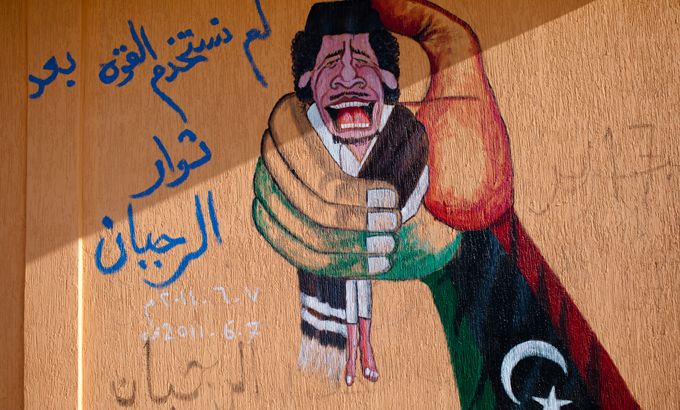
The power of street art
The writing on the wall – a look at the low-tech end of social media in the Arab world.
When you think of social media, you are likely to think of computers, mobile devices and sites like Facebook or Twitter. But there is one form that pre-dates it all – street art has been with us for centuries.
Street art – graffiti – came before television, radio and the printing press and remains a powerful tool of communication. The medium was used to great effect during the Arab revolutions, acting as an indicator of what people in the street were saying.
Keep reading
list of 4 itemsInside the pressures facing Quebec’s billion-dollar maple syrup industry
‘Accepted in both [worlds]’: Indonesia’s Chinese Muslims prepare for Eid
Photos: Mexico, US, Canada mesmerised by rare total solar eclipse
Street art is the political warning sign that tends to appear and attract attention long before the activists actually hit the streets.
And while demonstrators may have gone back to their lives after the fall of a government, street artists remain, making the most out of their newfound freedom of expression and hoping that it lasts.
In this week’s feature, Listening Post’s Meenakshi Ravi looks at political street art, the low-tech end of social media.
| “Street art, graffiti particularly, functions as a reflection of the environment of the people who are creating it. So it’s almost like a communication platform for the disenfranchised. You have a group of people who have no other way of communicating, you have a message that’s being portrayed to everyone …. It directly affects the environment that it’s being placed in, so much in the way like Twitter today.”
RSH, a street artist and author |